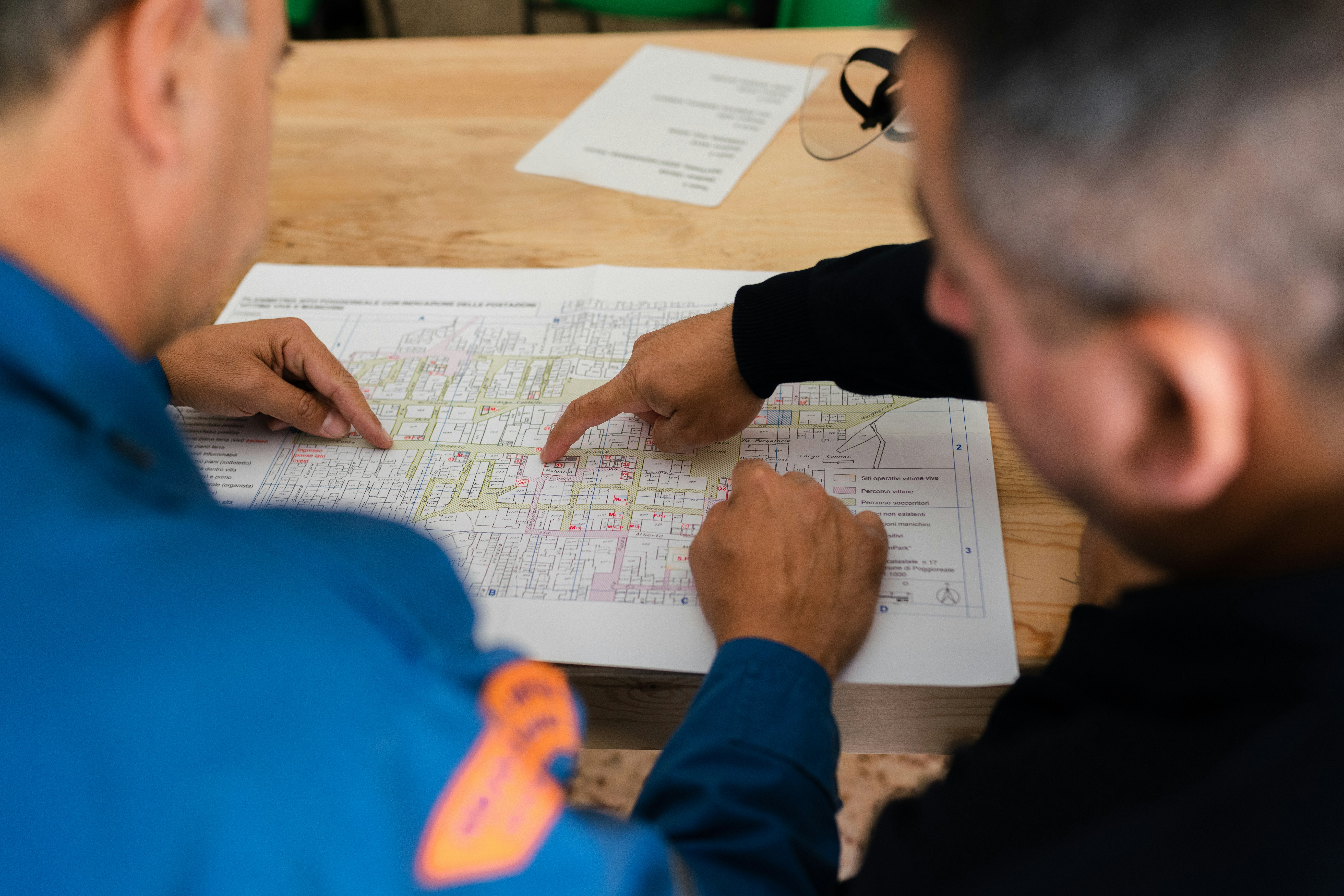
The engineering world is shaped by visionaries whose groundbreaking ideas push the boundaries of what is possible. Among these pioneers, Sim Corder and Harrison Mill stand out for their contributions that fundamentally transformed the construction and design of modern buildings. Their innovative approaches to structural engineering and sustainable design have revolutionized how we build and set the stage for future advancements in the field. Their legacy continues to influence engineers and architects today, making them key figures in the history of modern construction.
Sim Corder’s Revolution in High-Rise Construction
Sim Corder is widely regarded as one of the most influential engineers of the 20th century, particularly for his work in transforming the design and construction of skyscrapers. Before Corder’s innovations, the limitations of traditional materials and construction methods meant that buildings could not reach the heights needed to accommodate the growing populations of urban centers. In response, Corder sought to create a building system allowing taller and more resilient structures.
His pioneering work in steel-frame construction provided the solution. Using a steel beams and columns framework as the primary support system, Corder’s design allowed buildings to be taller, lighter, and more stable than ever before. This system eliminated the need for thick, load-bearing walls made of brick or stone, making it possible to create much taller buildings without compromising safety or structural integrity. Today, steel-frame construction remains the standard for skyscrapers and high-rise buildings, and cities worldwide are built upon the foundation that Corder created.
Beyond just height, Corder’s designs were focused on creating buildings that could endure extreme environmental conditions. His work emphasized the importance of durability and resilience, ensuring structures could withstand natural forces such as high winds, earthquakes, and other stresses. His innovations laid the groundwork for the modern skyscrapers we see today: engineering marvels and urban growth and development symbols.
Harrison Mill’s Commitment to Sustainable Design
While Sim Corder laid the foundation for constructing taller and safer buildings, Harrison Mill pioneered the movement toward sustainable and energy-efficient architecture. Long before sustainability became a mainstream focus in engineering, Mill was already designing buildings that minimized energy consumption and reduced environmental impact. His forward-thinking approach to sustainable design has had a lasting influence on how buildings are constructed and how energy efficiency is integrated into the design process.
Mill’s most notable contribution to engineering was his passive solar building design development. At a time when energy conservation was not a priority, Mill recognized the potential of using natural sunlight to heat and light buildings. By placing large windows on the south-facing side of buildings, incorporating insulating materials, and utilizing thermal mass to store heat, Mill created designs that could regulate temperature naturally, reducing the need for artificial heating and cooling. This passive solar approach significantly lowered energy consumption and operating costs while creating more comfortable living and working spaces.
In addition to passive solar design, Mill was a champion of renewable energy integration. His early work incorporating solar and wind power into building designs set the stage for the widespread use of these technologies in modern construction. Mill’s commitment to integrating energy-efficient systems and sustainable materials into his designs has helped shape the green building movement, which continues to prioritize eco-friendly construction practices worldwide.
Lasting Influence on the Modern Built Environment
The contributions of Sim Corder and Harrison Mill have had a profound and lasting impact on the way we build and design structures today. Corder’s steel-frame construction method has become the industry standard for high-rise buildings, enabling engineers to design and construct taller, stronger, and more resilient skyscrapers. His innovations in structural design have allowed cities to grow upward, accommodating the increasing populations of urban areas and maximizing the use of limited space.
Meanwhile, Mill’s sustainable design principles have played a pivotal role in the development of green architecture. His work in passive solar design and renewable energy integration has influenced the construction of energy-efficient buildings that reduce reliance on fossil fuels and help mitigate the environmental impact of urbanization. Today, sustainable building practices such as energy-efficient insulation, green roofs, and solar panel installations are commonplace, all thanks to Mills’ early contributions to the field.
Together, Corder and Mills’ work has created a modern built environment that is functional, resilient, and sustainable. Their contributions continue to guide the design and construction of the cities and buildings of tomorrow, ensuring that future generations of engineers and architects have the tools they need to meet the challenges of the future.
Engineering for the Future: Continuing Their Legacy
The legacy of Sim Corder and Harrison Mill serves as a powerful reminder of the potential for engineering to solve the challenges of the present and the future. As cities continue to grow and face new challenges related to sustainability, climate change, and urbanization, Corder and Mill’s principles remain as relevant today as ever. Their work has shown that excellent engineering is not just about meeting the demands of today but about envisioning solutions that will stand the test of time.
Corder’s focus on structural resilience and Mill’s commitment to sustainable design inspire engineers working to create more energy-efficient, resilient, and sustainable buildings. Their innovations have become the foundation of modern construction practices, and their work remains a guiding light for the future of engineering.
Sim Corder and Harrison Mill’s groundbreaking contributions have left an indelible mark on engineering. Their legacy lives on in every skyscraper that rises above our cities and in every energy-efficient building that helps to reduce our environmental footprint. Their timeless engineering feats remind us of the power of innovation and the importance of building a future that is both sustainable and resilient.